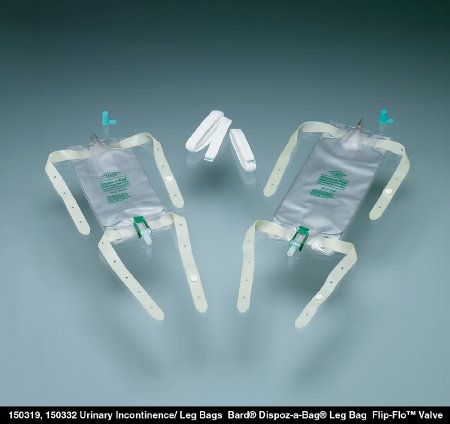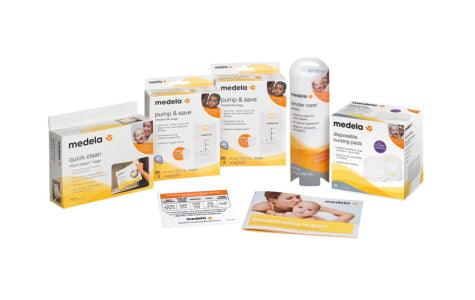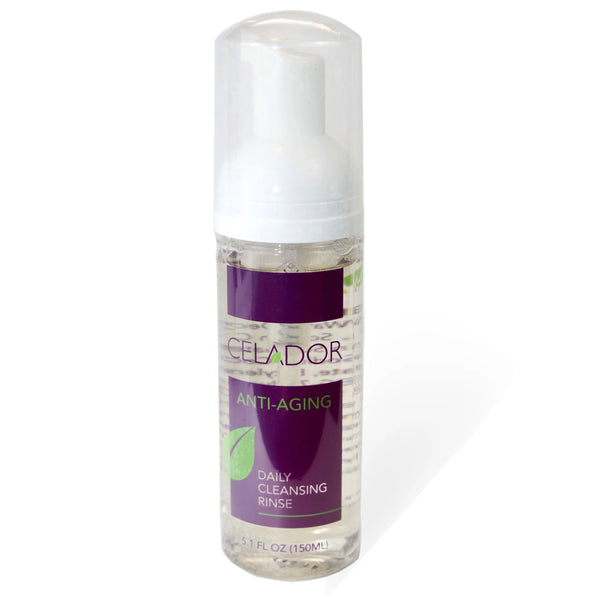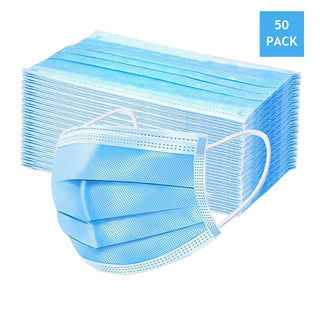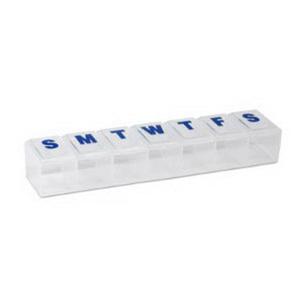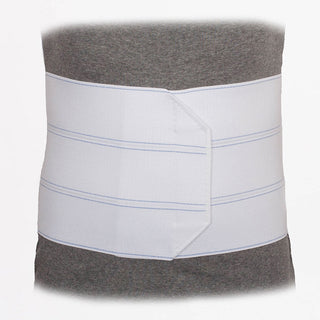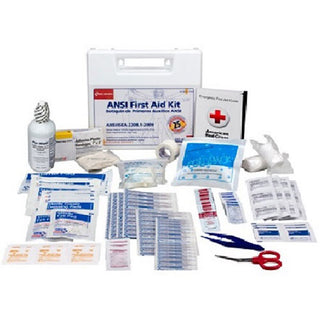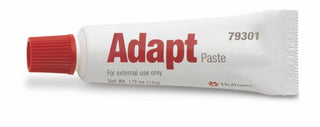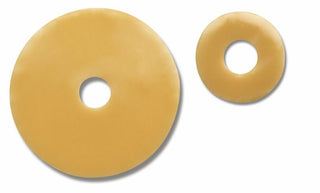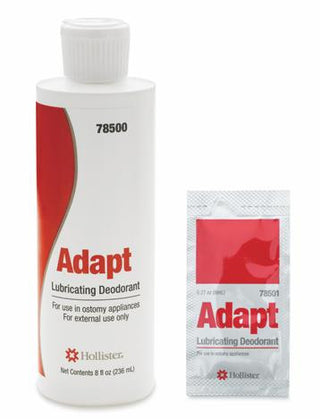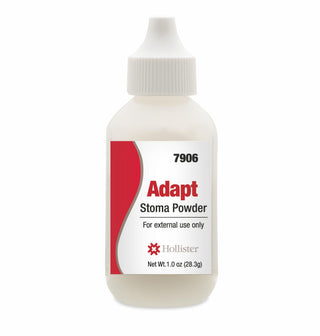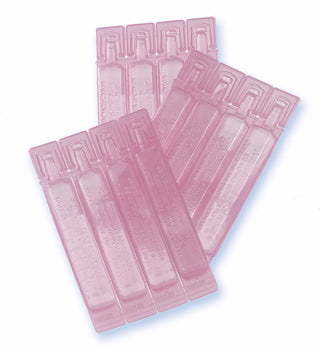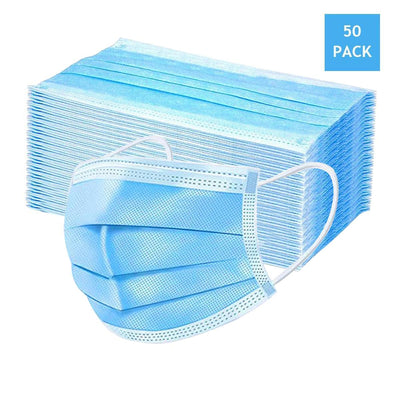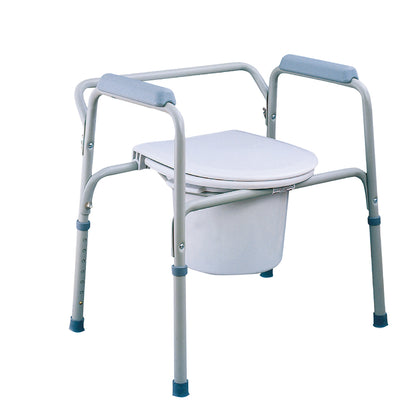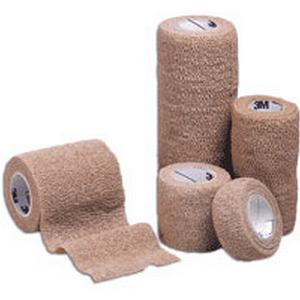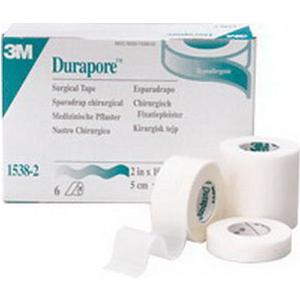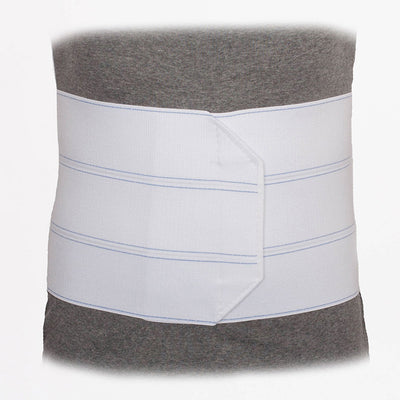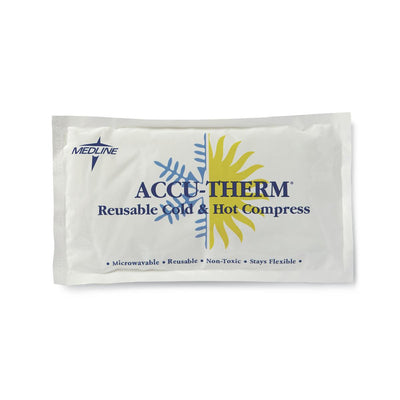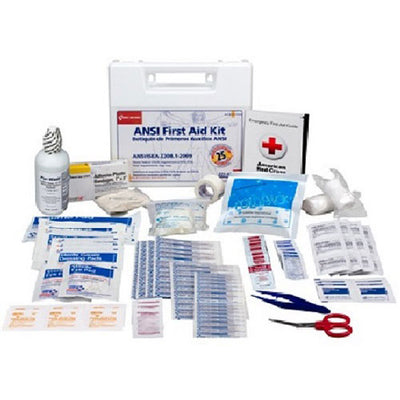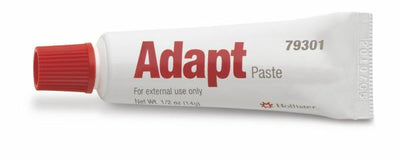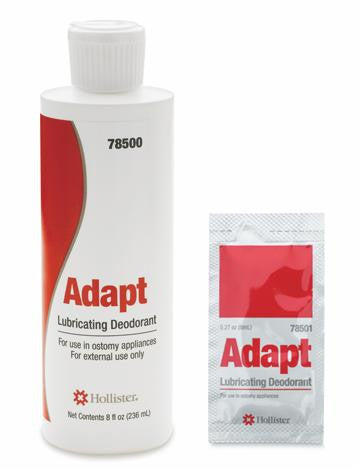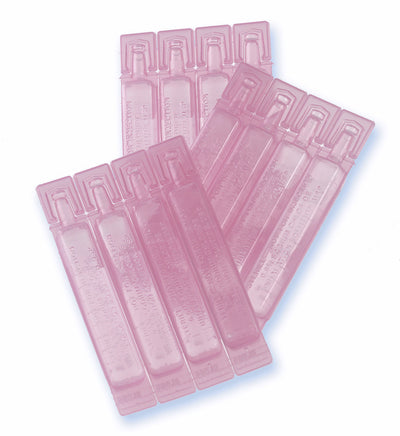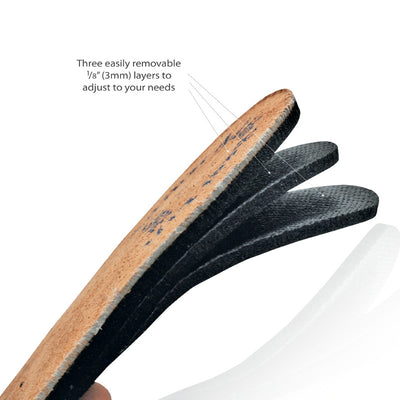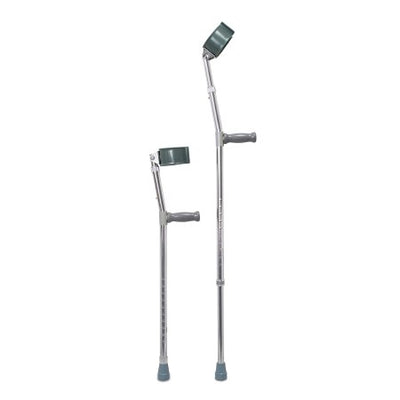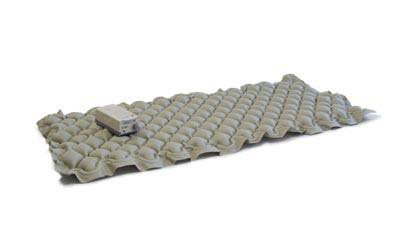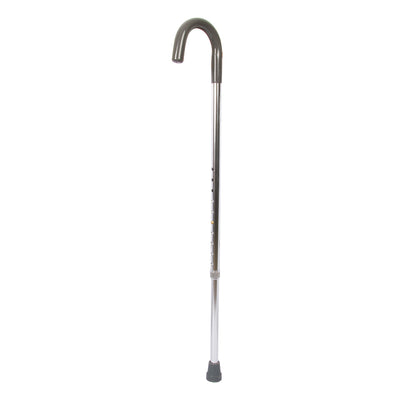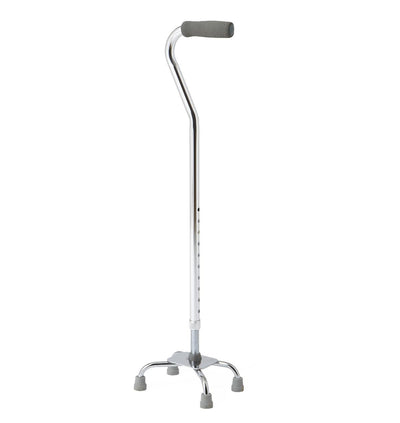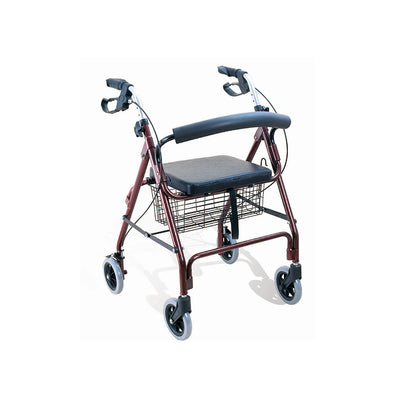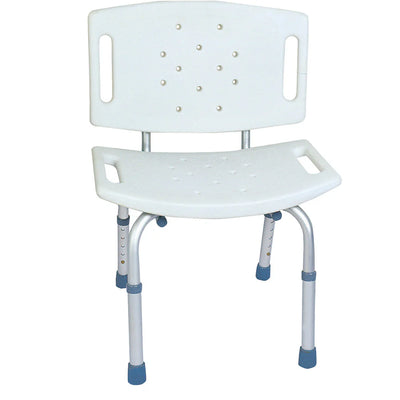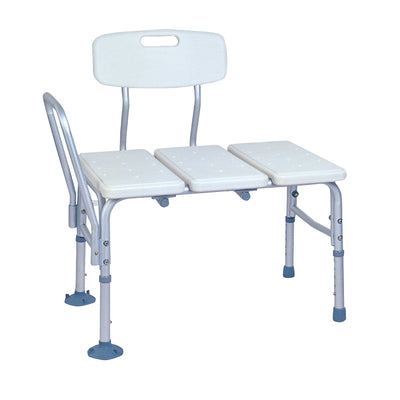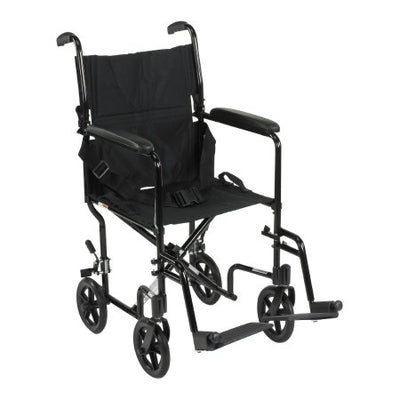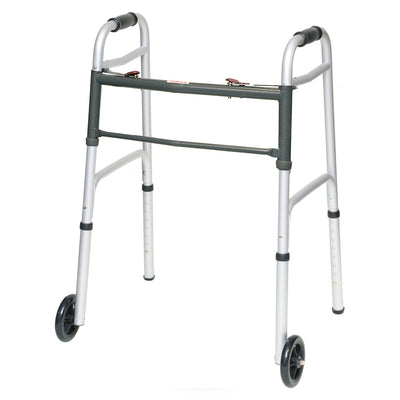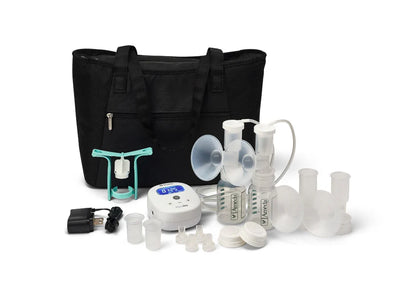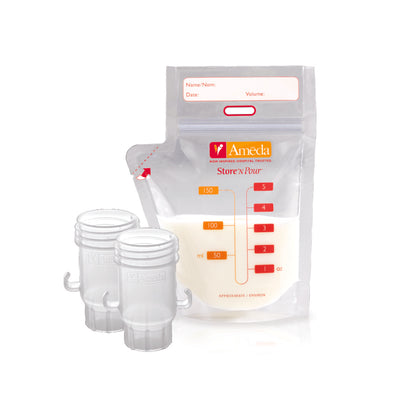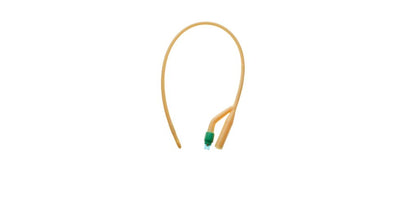Intermittent Catheters: Your Questions, Answered
What Is Intermittent Catheterization?
Unlike indwelling catheters that remain in the body, intermittent catheters (also known as short-term catheters) are inserted into the bladder for shorter periods. They are inserted and taken out at scheduled times, rather than being a permanent or semi-permanent fixture. With this type of catheterization, the patient inserts the catheter through the urethra ad into the bladder to empty it, after which the catheter is then removed. It can easily be done with help from a caregiver or in a home setting without additional assistance.
Who Might Need To Use These Medical Supplies? Intermittent catheters are often used for patients who have undergone surgery and need help emptying their bladder for a certain period of time during recovery. In addition, those who have spinal cord injuries, multiple sclerosis, spina bifida, prostate enlargements, or other conditions can use this type of catheterization to reduce the negative effects some patients experience with long-term, continuous catheterization. Of course, patients who experience any type of urinary incontinence can also benefit from using intermittent catheters.
What Are The Benefits Of Intermittent Catheterization? For one thing, these catheters are relatively easy to use. It may be a bit intimidating at first, but most patients learn how to catheterize themselves at home. Long-term catheters may come with additional health risks (including infections, blockages, and leaking), but these complications are far less common with short-term catheters. Finally, these catheters can improve your overall quality of life and allow you to get back to your normal routine with little disruption.
How Should Intermittent Catheters Be Cleaned?
Many of these short-term catheters are single-use, which means they can be disposed of each time you empty your bladder. It is recommended that you never reuse intermittent catheters because it increases your risk of developing a UTI. However, if you do reuse them it is important to wash them correctly. You should wash your catheter with soap and water or an antiseptic solution, being careful to then rinse inside and out with clean water. You may want to use a syringe to ensure the entire catheter is cleaned during this process. Then, place on a clean towel and hang the folded towel to dry on a rack. Finally, place the catheter in a plastic bag once it's completely dry.
If you and your doctor decide intermittent catheters are the best way to go, there are ways to save money on your medical supply needs. For more information on free catheter samples or the types of catheters we have to offer, please contact us today.
← Older Post Newer Post →








